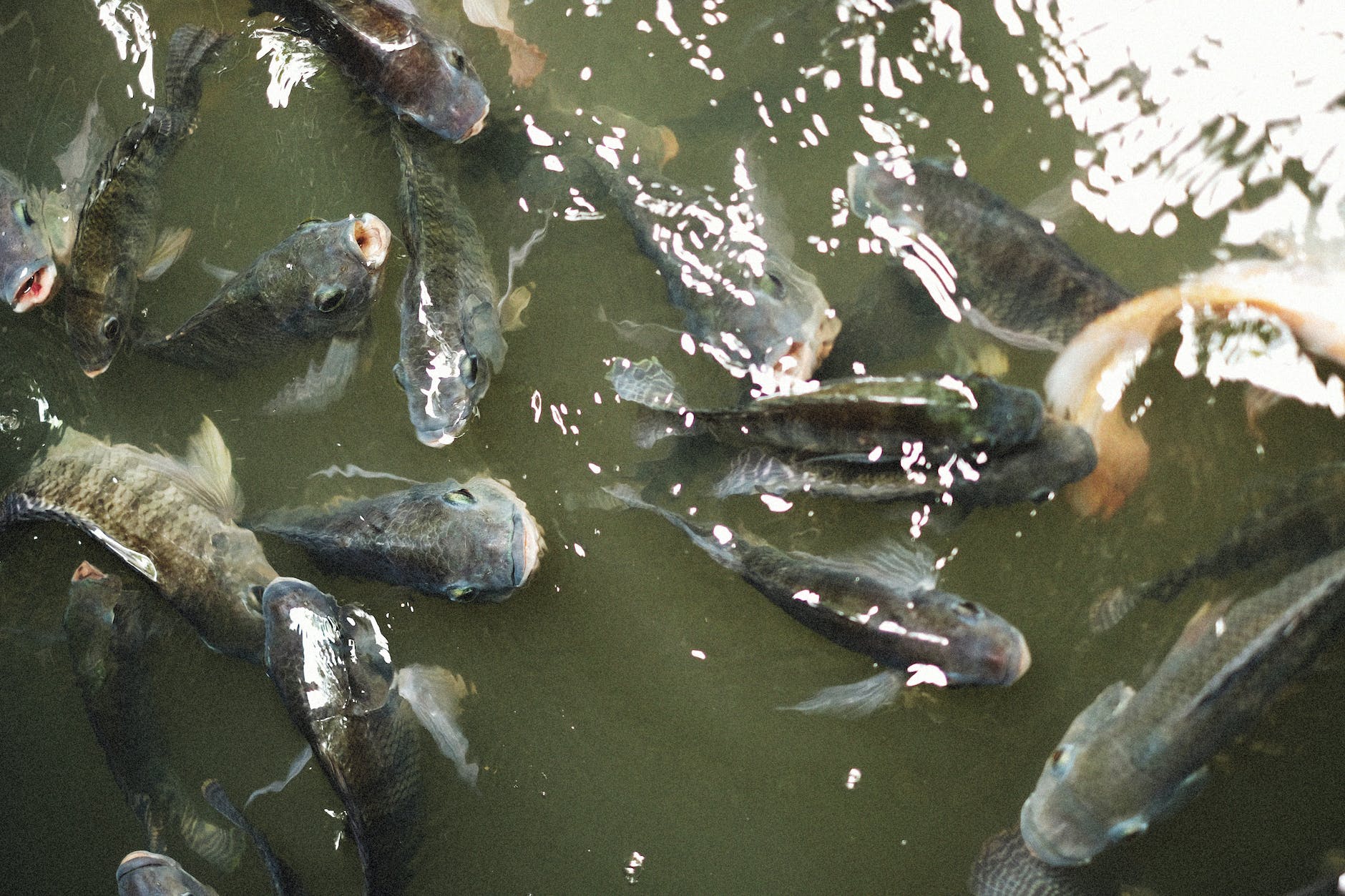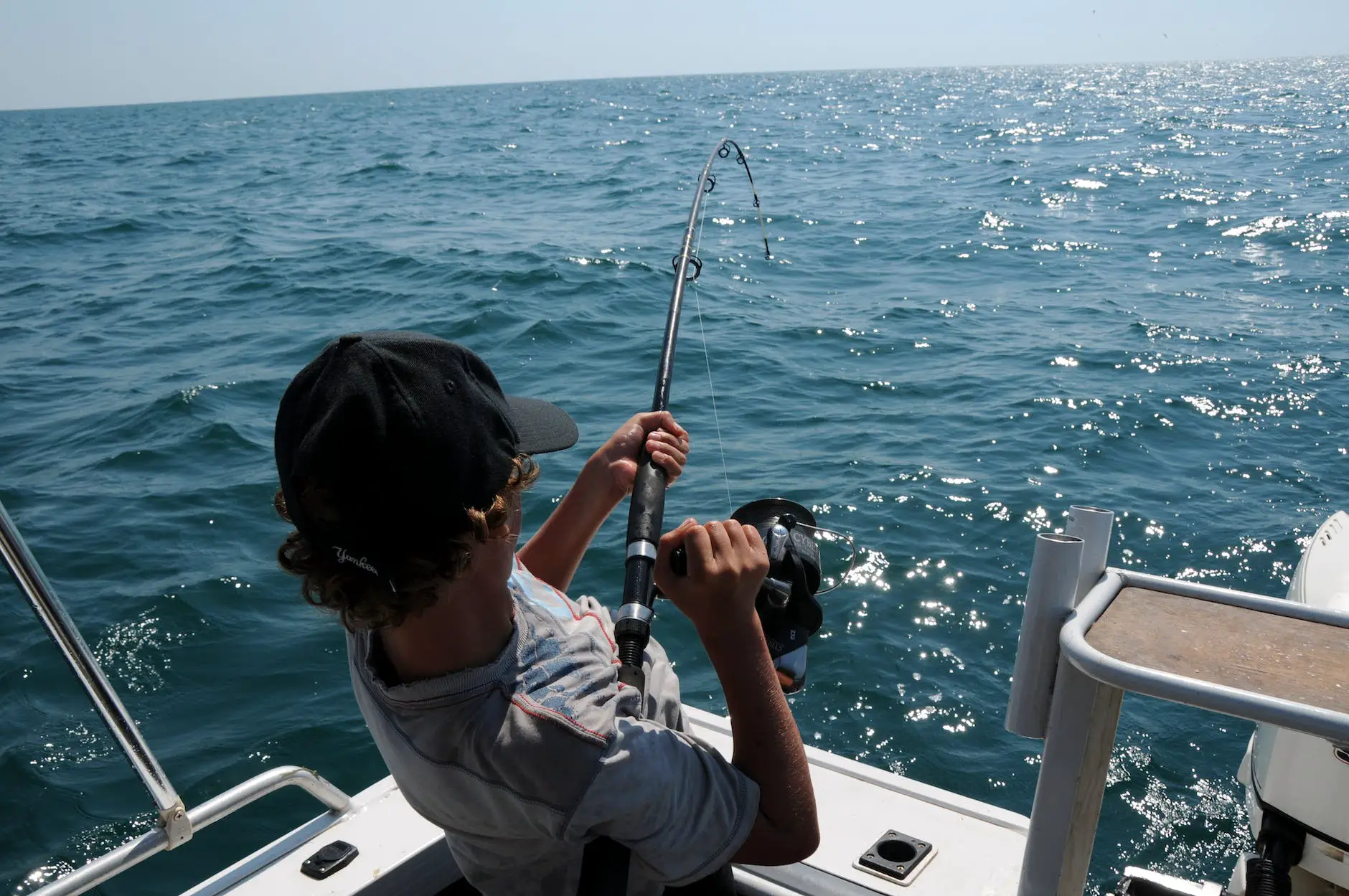There’s a special thrill in catching tilapia, especially when you’re venturing into the fascinating world of bed fishing. In this article, we’ll take you on a captivating journey, discussing every detail of how to catch tilapia on their beds, along with the various strategies, tactics, and equipment needed to get the job done.
Bed fishing, by its nature, is all about precision, patience, and the fine art of understanding the behavior of tilapia. In essence, it is an angler’s dream come true. So, let’s dive in and unravel the secrets that can help you become a bed fishing master.
To start, let’s first look at some crucial components of bed fishing. From understanding tilapia habitat and spawning behavior to the actual process of catching them on their beds, this comprehensive guide will equip you with all the knowledge to tackle this fun, yet challenging aspect of fishing.
How To Catch Tilapia On Beds?
Catching tilapia on beds, also known as sight fishing for spawning tilapia, can be a fun and rewarding experience.
To catch tilapia on beds, find their nesting area in shallow water, use a small hook with live bait or soft plastic lure, and cast near the nests. Be patient, and set the hook when the fish bite.
Here’s a step-by-step guide on how to catch tilapia on beds:
- Timing and location: Tilapia typically spawn in the spring and early summer, when water temperatures reach 68-82°F (20-28°C). Look for shallow areas with a sandy or gravelly bottom, close to vegetation or other structures. You’ll notice circular nests, called beds, that the fish have created for spawning.
- Observation: Approach the spawning area quietly and with minimal disturbance to avoid spooking the fish. Use polarized sunglasses to reduce glare on the water surface, making it easier to spot the beds and fish.
- Gear and tackle: Use a medium-light to medium-action spinning or baitcasting rod with a 6-12 lb. test line. Choose natural-colored or brightly-colored soft plastics, jigs, or small crankbaits to imitate the tilapia’s natural prey or potential egg predators.
- Cast and presentation: Cast your lure beyond the bed and slowly retrieve it, allowing it to pass near or over the bed. Keep your rod tip low, and maintain a steady, slow retrieve. The goal is to trigger the tilapia’s territorial instincts and provoke a strike.
- Detecting strikes: Pay close attention to your line and rod tip for any sudden movement or change in tension, indicating a strike. Tilapia may gently pick up the lure or aggressively attack it. Be ready to set the hook when you feel a strike.
- Setting the hook and fighting the fish: When you feel a strike, quickly and firmly set the hook by lifting your rod tip and reeling in the slack. Keep steady pressure on the fish, and avoid high sticking (lifting the rod tip too high). If the fish pulls hard, let it take some line while maintaining tension. When the fish tires, gently guide it toward you.
- Landing and releasing: Use a landing net to scoop the fish out of the water. Wet your hands before handling the fish to minimize harm to its slime coat. Remove the hook gently, using needle-nose pliers if necessary. If you’re practicing catch and release, quickly return the fish to the water and let it swim away.
Remember to follow local fishing regulations, and always practice ethical fishing by respecting the fish and their environment.

Understanding Tilapia Habitat and Spawning Behavior
Tilapia Spawning Beds: Location and Features
It’s essential to know where and when to find tilapia on their beds. These fish typically create their spawning beds in shallow water near vegetation, rocks, or logs near the shoreline of lakes, ponds or rivers. Tilapia prefer warm waters, and their spawning activity increases in temperature ranging from 68°F (20°C) to 86°F (30°C).
Spawning Season
The spawning season for tilapia generally extends from late spring to early fall, depending on the climate conditions. This is the ideal time to look for tilapia on their beds, ready to lay eggs and defend their territory.
Evaluating and Approaching Tilapia Beds
Bed Assessment and Defense Zone
When you spot a potential tilapia spawning bed, pay close attention to its characteristics, such as size and coloration. Tilapia are highly protective of their bedding areas, and they create a defense zone around them. They’re more likely to attack any intruders, including your bait, if they feel threatened or if they think their eggs are in danger.
Stealthy Approach and Angler’s Stance
Tilapia can be very skittish when they’re on their beds. Therefore, it’s essential to approach their spawning grounds with utmost caution. Remain calm and quiet, and avoid casting a shadow on the water’s surface to prevent spooking the fish.
Equipment and Bait
Rods, Reels, and Line
A medium-to-heavy power spinning or baitcasting rod with fast action, paired with a matching spinning or baitcasting reel, is a preferred setup for bed fishing. It will let you deliver pinpoint casts and easily muscle tilapia away from cover. A monofilament or a fluorocarbon line between 10-20 pounds works well in most situations.
Lures and Baits
Soft baits, such as plastic worms or creature baits, are highly effective for tilapia bed fishing. These lures mimic small invertebrates, which are a primary food source for tilapia. In-line spinners, jigs, or live insects can also prove to be enticing to a protective, territorial tilapia guarding its bed.
Bed Fishing Techniques and Strategies
Observation and Patience
Observation is crucial in bed fishing. Keep an eye on the tilapia’s behavior to understand when it’s likely to strike. Patience is vital here, as you may need to work your bait through the bed multiple times before provoking a response.
Soft Bait Presentation and Retrieval
After casting your soft bait near or onto the bed, slowly drag it across the bed to make it look like an intruder. Pause and twitch the bait occasionally, which will make it appear more lifelike and tempt the tilapia into biting.
Setting the Hook and Landing the Fish
Hookset Timing and Strength
Once the tilapia attacks your bait, be prepared for a solid hookset. A moderate to strong hookset is essential when bed fishing, as tilapia, tend to be very aggressive when guarding their beds.
Reeling in and Releasing
Carefully reel in the fish while keeping constant tension on the line. If the tilapia makes powerful runs, let it run, and regain the line when it stops. Once the fish is close, use a landing net to scoop up the tilapia. Remember to release the fish back into the water as soon as possible and with minimal stress to the fish.
Conclusion
Bed fishing for tilapia is an immensely rewarding endeavor that requires an understanding of their habitat, spawning behavior, and excellent angling techniques.
With the knowledge and strategies presented in this guide, you’ll be well-equipped to experience the excitement and satisfaction of successfully catching tilapia on their beds. Don’t forget, patience and careful observation are key, as these fish can be quite challenging, even for experienced anglers.
FAQ
1. How do I locate tilapia beds?
Look for shallow water near vegetation, rocks, or logs near the shoreline of a lake, pond, or river. Tilapia beds can usually be seen as lighter circular depressions in the sediment.
2. What is the best time of year for tilapia bed fishing?
Late spring to early fall is generally the ideal time, as this is when tilapia spawning activity peaks.
3. Can I use live bait when bed fishing for tilapia?
Yes, live baits such as insects, worms, or small fish can be very effective when targeting tilapia on their beds.
4. How long should I wait before setting the hook?
Wait until the tilapia bites your bait and turns away from you before setting the hook with a moderate to strong force.
5. What should I do if the tilapia isn’t biting my bait?
Try changing lures, altering your presentation or retrieval style, or moving to a different tilapia bed to try your luck there.

